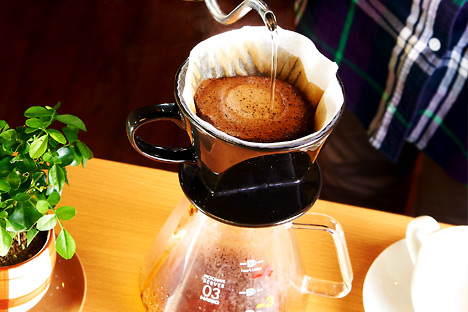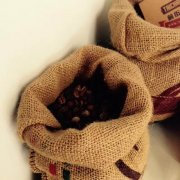Coffee beans are processed by drying.

There are two ways to prepare coffee beans for the roasting process. The method chosen has a significant impact on the final price and quality of coffee. The cheapest method of processing is called "drying", which is used for lower coffee beans, while higher quantities are processed with "wet treatment" (also known as washing). In recent years, Brazil has successfully invented a technology called "semi-wet" treatment. Drying is used for unwashed coffee beans. Wet treatment is used for thoroughly washed or semi-washed coffee beans. In addition to the more common use of drying in Brazil and Ethiopia, most Arabica coffee beans are processed by wet treatment. In Indonesia, some robusta coffee is processed by wet treatment, but this is not common there. In recent years, growers in countries of origin of Robusta coffee, such as India, have also successfully used wet treatment to increase the added value of crops. Drying is the cheapest, simplest and most traditional method of processing coffee beans. When processing, the harvested fruit should be spread on the cement floor, brick floor or straw mat. Ideally, the fruits should be raked flat in the sun and at regular intervals to prevent fermentation. If it rains or the temperature drops, these fruits must be covered to prevent damage. After about four weeks, the water content of each fruit will drop to about 12%, when the fruit is dry. At this time, its skin turns dark brown and fragile, and coffee beans can be heard cackling in the shell. This process requires more technology than it seems. Because coffee beans can be overdried, if this happens, the coffee can easily be damaged at the next stage, when it is shelled. On the other hand, coffee beans that are not sufficiently dried are also vulnerable. The next step is to store the dried fruit in the cellar for a while. During this period, the water in fresh coffee beans continues to evaporate.
Important Notice :
前街咖啡 FrontStreet Coffee has moved to new addredd:
FrontStreet Coffee Address: 315,Donghua East Road,GuangZhou
Tel:020 38364473
- Prev

Processing of coffee beans: drying (dry method)
Drying method: with a soft sour taste and a peaceful bitter taste. This method is used in Brazil, Ethiopia and Yemen. Disadvantages: vulnerable to weather, defective beans and foreign bodies are more likely to mix. Coffee is either left on the terrace to dry naturally, or it is dried by machine, or both. The way to deal with it is to spread the coffee cherries widely on the exposure field for two weeks and sweep them with rakes every day.
- Next

Main ingredients and processing methods of Coffee
Main ingredients and processing methods of coffee caffeine: it has a particularly strong bitter taste and stimulates the central nervous system, heart and respiratory system. Appropriate amount of caffeine can also reduce muscle fatigue and promote digestive juice secretion. Because it promotes kidney function, it is diuretic and helps the body to expel excess sodium ions from the body. But eating too much can lead to caffeine poisoning. Tannic acid: boil
Related
- What is the meaning of lactic acid fermentation with coffee bean treatment?
- How to judge the state of foam by sound?
- How does the latte pull out the unicorn pattern? Come to get for a little trick to improve the flower pull!
- Will flower pulling affect the taste of the latte?
- Do you know the history of coffee?
- The difference between honey treatment and sun washing what is raisin honey treatment?
- What kind of milk can a novice use to make coffee foam to keep the foam longer? The correct method and skills of milking tutorial sharing
- Why do washed coffee beans taste sour? Flavor characteristics of washed Coffee
- Introduction to the skill of how to practice the size and height of water injection around the circle of hand-brewed coffee
- How do beginners practice coffee flower drawing from scratch?

